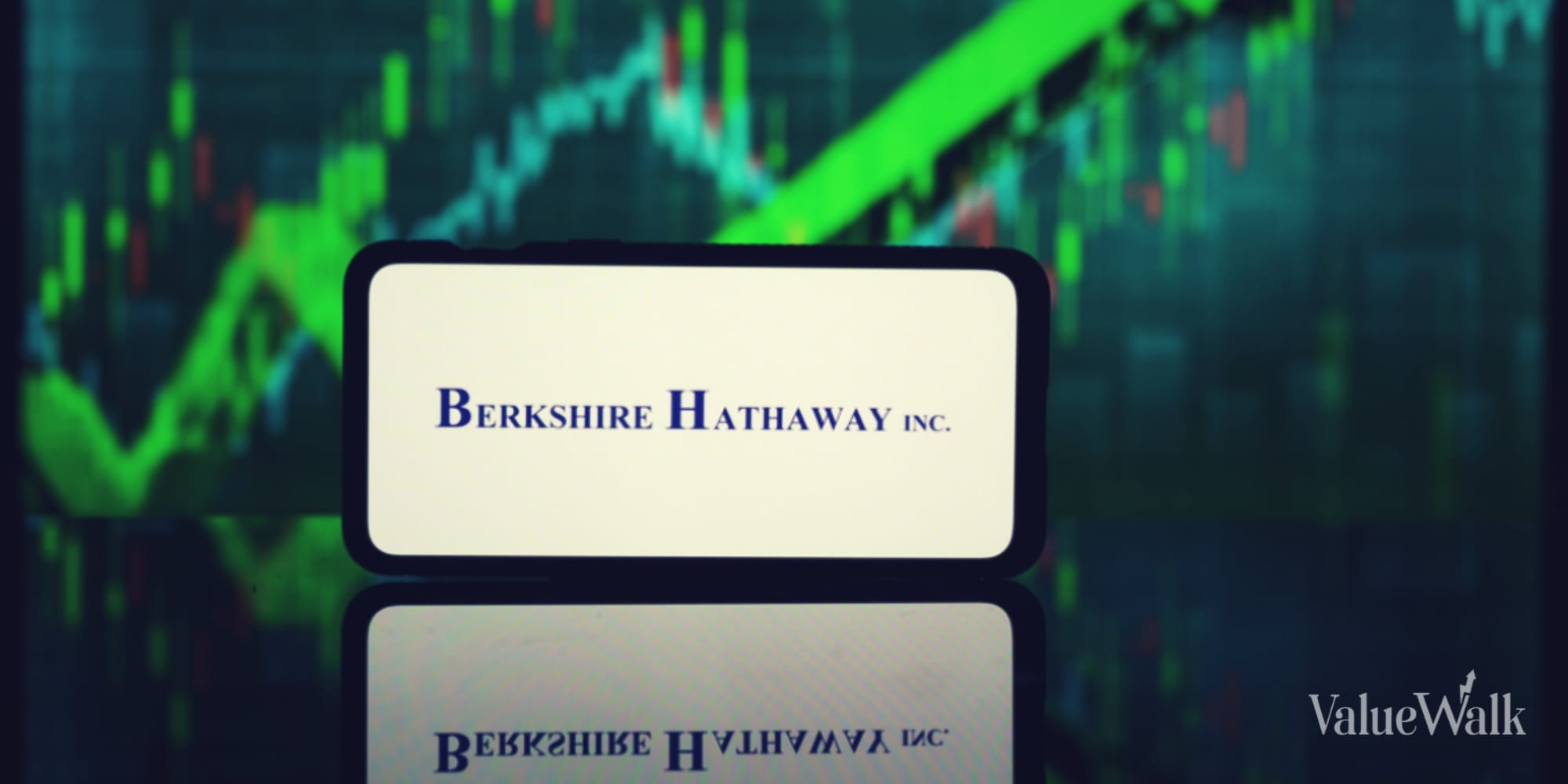Berkshire stock at $185? The NYSE glitch temporarily caused a 99% drop in stock prices.

It has been 14 years since the ‘flash crash’ occurred, in which large-cap stocks plunged for a day. There is no doubt that some smart traders have taken advantage of the technology-induced decline in stock prices. But that can never happen in 2024, right?
Of course, it’s no longer 2010 and technology has advanced considerably, but Monday’s stock traders discovered that major currency errors can still occur. It’s a strange and worrisome way to start the week, and astute investors have every right to consider the surprising implications of a flawed and volatile market.
now, that what i call a deal
Berkshire Hathaway (NYSE:BRK.A) (NYSE:BRK.B) CEO Warren Buffett is a legendary bargain hunter. Wouldn’t it be ironic, then, if Berkshire’s Class A stock was suddenly trading at a 99% discount?
Let’s step back for a moment and take a quick look behind the curtain. Unlike many people who live well-rounded and fulfilling lives, I use my scant free time to research stocks, making huge moves every day.
I thought I had seen it all until I noticed on social media shortly after the stock market opened Monday morning that Nuscale Power Corp. (NYSE:SMR) stock was down about 99% that day.
When I saw this, I thanked my lucky stars that I had no position in SMR stock. Incidentally, Nuscale Power Corp. designs nuclear reactors, but that has nothing to do with its stock price crash (if you’ll pardon my pun).
Then I noticed what looked like some sort of contagious disease. Shortly after news of the SMR stock wipeout spread, we noticed that two much more popular names were also down 99%.
Those names were resources giant Barrick Gold (NYSE:GOLD) and, believe it or not, Berkshire Hathaway. To be more precise, Berkshire’s Class A shares were down about 99%, while its Class B shares were trading in their usual price range.
At this point I wondered if I was dreaming or enjoying a fantastic hallucination. Nothing special has happened to the gold market or to Barrick in particular. However, GOLD stock fell from its usual price of $17 to just 25 cents per share.
Meanwhile, Berkshire Hathaway’s Class B stock continued to trade at its regular price of about $410 per share, while its Class A stock traded at a surprising price of $185.10 per share.
For context, Berkshire’s Class A stock typically costs about $626,000 per share. This is for larger investors who want to participate in the performance of Buffett’s portfolio.
For a hot minute, it felt like anyone could be “like Buffett” and trade big-league Berkshire stock from a not-so-big account. But was this the real deal?
No, defects won’t make you rich
Alas, trading for Nuscale Power, Barrick, and Berkshire Class A shares came to a halt quickly, and I couldn’t get my boat on the apparent 99% discount deal of the century. I must admit I prayed to the market gods that this problem wouldn’t be resolved long enough for me to back up the proverbial truck.
Of course, that’s not how it works. There was absolutely no chance that I would actually buy $185 of Berkshire Class A stock and then buy change or a quarter each of Barrick stock.
These stocks were halted for an hour or two, but returned to their normal prices when trading resumed. I should have totally expected this, but it was an emotional rug pull.
Here’s what happened: This was a story about tape, as the defect was literally attributed to the Consolidated Tape Association. The organization does not deal with physical ticker tapes these days, but it does provide real-time stock quotes.
According to the New York Stock Exchange (NYSE), via CNBC, the issue “stemmed from the price ranges announced by the Consolidated Tape Association.” Market volatility between 9:30 AM and 10:27 AM ET.”
This issue appears to have now been resolved and the Consolidated Tape Association will “revert” to the “previous software program” so we hope this never happens again. If someone purchased Berkshire Class A stock at $185.10, that price would probably not be recognized and the NYSE would likely correct it to the actual price.
So while it was a good day for financial news reporters, it was an anxious day for those who value true price discovery and reliability in the markets. While this may not all be a compelling reason to dump stocks and live in a bunker, it should at least raise serious questions about the ability of major exchanges to manage technology in a market environment dominated by technology.



